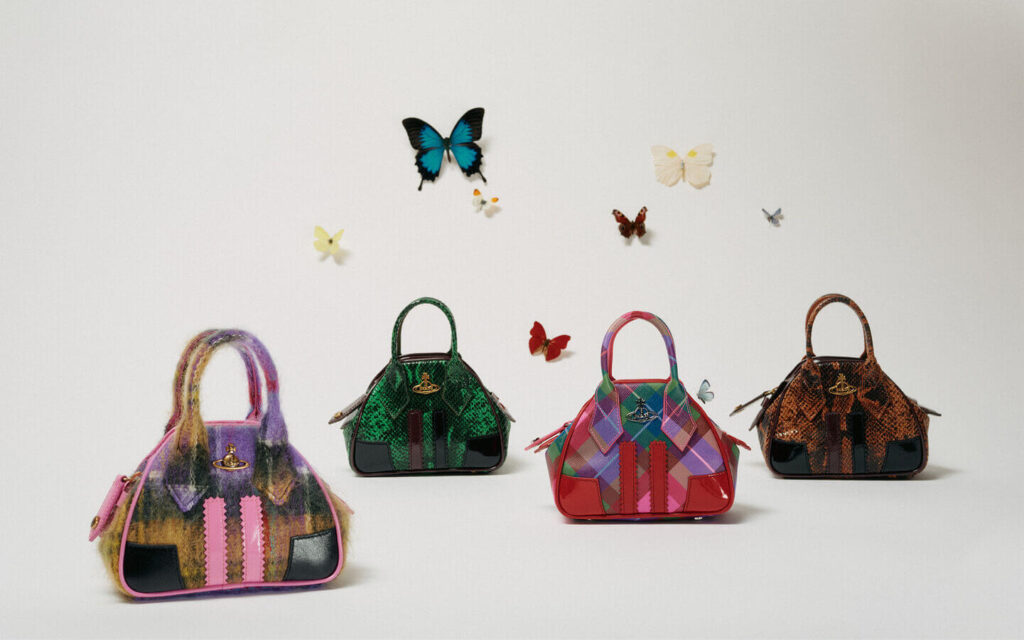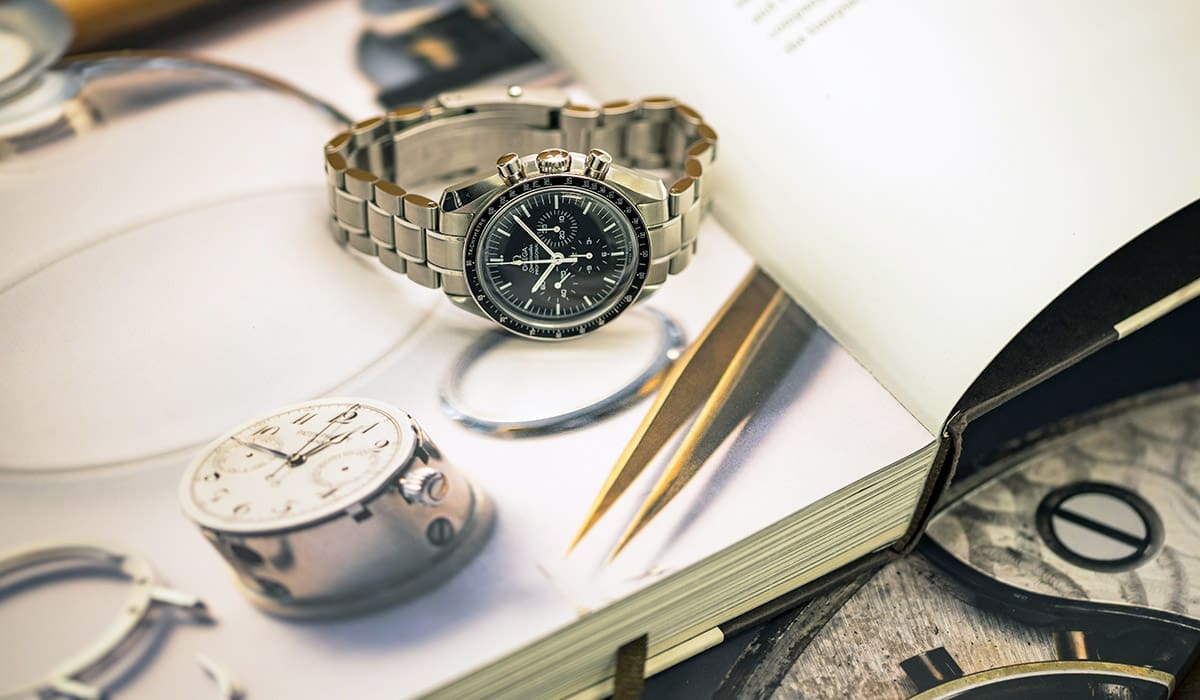Grade: 2.0/5.0
When “The Woman in the Window” went into production back in 2018, there was buzz about the film, adapted from Dan Mallory’s novel of the same name, being not just a potential future Oscar contender, but a worthy tribute to the films of Alfred Hitchcock. Amy Adams, Julianne Moore and Gary Oldman were all attached to a project with a director, Joe Wright, with a decent enough track record. But then the film slipped through the cracks of the Disney/Fox merger and was spat out by Netflix on the other side. The final product is adequately Netflix; in other words, relatable mediocrity.
To make an uninteresting story short, an agoraphobic child psychologist, Anna, played by Adams, is holed up in her apartment and may or may not be hallucinating. Adams does her best with what she’s given as Anna, who is described by her angry new neighbor Alistair Russell, played by Oldman, as “a drunken, shut-in, pill-popping cat lady.” Less abrasively, she’s languishing, although differently than most of us are. She’s manically swimming through cocktails of red wine and antidepressants to get to the bottom of a murder across the street.
Unemployed, our hero’s most intriguing mystery of how she affords a massive Harlem brownstone goes unanswered. In a very superfluous first 25 minutes, “The Woman in the Window” introduces Jane, played by Moore, wife to Alistair, or so we’re to believe. Moore’s Jane is vilely snarky (she calls Anna’s home a dump while fishing for compliments), but also the film’s most engaging character. So much of the film is eye-roll-inducing — steady for the Hitchcock lifts — but maybe Moore is entertaining because her character is a genre transplant surrounded by rote tropes. Her Jane would be more at home gossiping and sipping Long Island iced teas in a Long Island-set, Adam Sandler-esque comedy.
In any case, Jane is stabbed shortly in, which Anna sees while peeping from across the street, only to be replaced by a new, supposedly legitimate Jane, now played by Jennifer Jason Leigh. The revelation throws Anna for a loop and she overrides her medically induced doubts to call foul, only to find the police more interested in her mental state than the case. Authorities impotent, Anna returns to her nosy setup: a comfy armchair, recessed in darkness, with a camera operating as a telescope propped in front. Your time would be better spent revisiting “Rear Window.”
For Hitchcock, dubbed the “master of suspense,” quiet and silences were often his most potent tool. “The Woman in the Window” heads in the opposite direction. An overbearing soundscape tries to compensate for the film’s glum, inserting acoustic chaos when the drama doesn’t translate to the screen.
When the pure noise doesn’t work, Wright falls back on cosmetics. “The Woman in the Window,” in sum, adds ugly frills to Hitchcock’s spare smarts, framing scenes with miserable tints that are occasionally color-coordinated with Anna’s capelike orange-pink robe, which, very dramatically, billows a centimeter above the ground.
And when still that doesn’t work, Wright crumbles to a flair for the dramatic, prioritizing style over substance. Behind the cinematographic flourishes, Oldman feels like a blip, and the same goes for the rest of the cast, bar Moore. Alistair does nothing but shout, mostly about his son, Ethan, who is played by Fred Hechinger and is a socially awkward boy who Anna tries to help, much to Alistair’s chagrin. Ethan is “The Woman in the Window” at its most disgusting. The film cheaply manipulates a shy boy to balance the tab its weak dialogue racks up.
By the end, Anna is a transplant, just like Moore’s Jane. She moves out of her townhouse, on the back of the film’s very bloody catharsis, surely going to better and equally expensive places. Yet, if Hitchcock could be called the old money, Upper East Side of thrillers, then “The Woman in the Window” is the Tribeca wannabe, dreaming of new money and fast fun.
Contact Dominic Marziali at [email protected].





More Stories
5 Tips For Launching a Blog to Highlight a Brand
Promotions – a holiday gift for shopper and retailer
10 Makeup Items I Reach For Everyday & Would Never Be Without – The Anna Edit